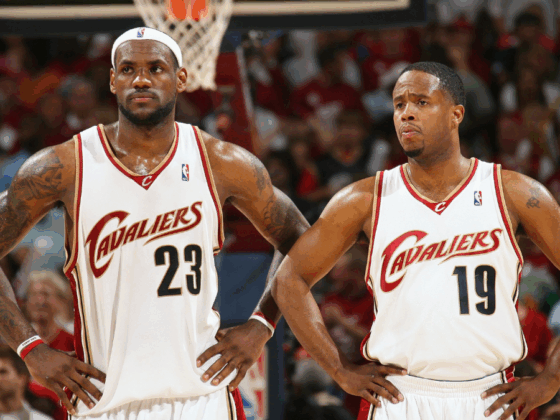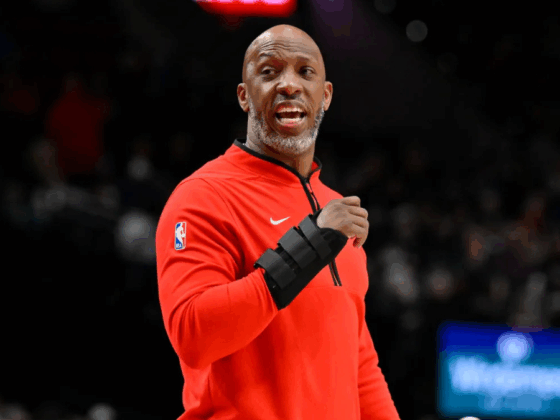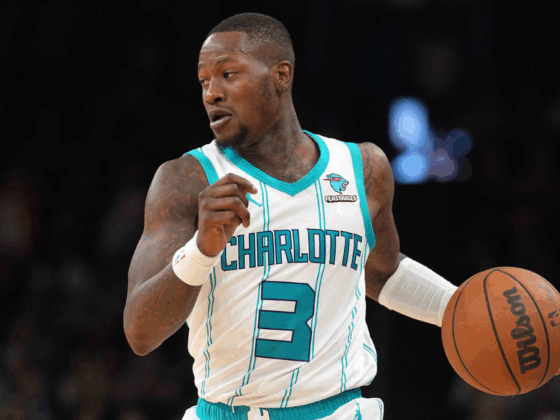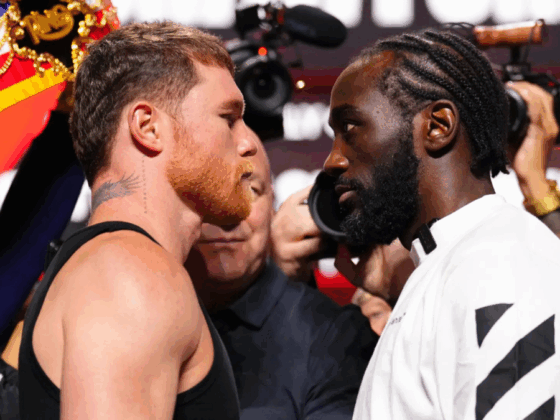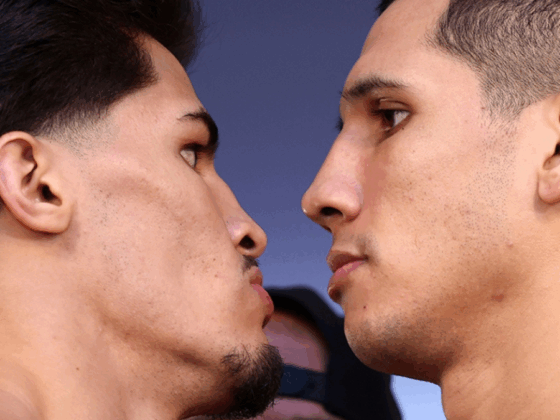
On May 20th, 2018, Sergio Romo, who was listed as the 2018 “closer” for the Tampa Bay Rays, started his first of five games. The interesting thing about these five starts is that the most innings that he totaled in a start was 1.1 innings. Besides the glaringly obvious question, “Why are they starting a closer?”, Romo was the first in the newest and latest trend… the opener strategy. The latest strategy resulting from sabermetrics in Major League Baseball that appears that it is here to stay.
So, what exactly is the “Opener Strategy”? For this, we turn to Bryan Grosnick of Baseball Prospectus and the strategy he dreamt up after watching Jim Leyland manage years and years ago. The opener strategy in simplest form is when a middle reliever starts the game, and then the starter takes over after the fact. It can be done so that the weaker starters do not have to pitch against the opponents top hitters too many times throughout the game. However, there are other motives to use this strategy rather than simply protecting your weaker starters from the better hitters.
The opener strategy could be effective in situations where the middle reliever that is employed to open the game analytically fares well against the opposing lineup. There are many combinations that could be tossed around, manager wanting to open with a lefty specialist against a team that has a predominately left-hand lineup towards the top and vice versa for righties. With baseball being so invested in analytics, this new wave could lead to teams looking deeper into which reliever would be the most effective on an inning-basis to have someone open for the weaker starters.

The Rays used the opener strategy in 55 total games last year, partially due to injury and trades, like sending Chris Archer to the Pirates. There were a ton of Rays pitchers that started games last year, they had starters who did not use the opener strategy like the 2018 AL Cy Young Award Winner himself, Chris Archer (pre-trade), Nathan Eovaldi (pre-trade), Tyler Glasnow (post-trade), and Jacob Faria for the most part. They were not the only team who used the opener strategy, or started “relievers” but they were however considered to be the first to do it and start the trend.
The Rays “Openers” Used in 2018 (From Baseball Reference
1. Stanek, Ryne- 29 Games
2. Castillo, Diego- 11 Games
3. Wood, Hunter- 8 Games
4. Chirinos, Yonny- 7 Games
5. Yarbrough, Ryan- 6 Games
6. Romo, Sergio- 5 Games
7. Font, Wilmer- 5 Game
8. Andriese, Matt- 4 Games
9. Kittredge, Andrew- 3 Games
10. Schultz, Jaime- 1 Game
11. Venters, Jonny- 1 Game
The next question that needs to be asked is, how effective are the openers that they’re using. For that we turn to FanGraphs splits tool and Baseball References game logs. Below is a simpler logged version some of the pitcher’s stats into a spreadsheet for better viewing. Looking at stats that were accumulated over all the games started by these pitchers, it appears that it worked whether some players may not fit the role as well as others, the strategy itself works. The last two on the list, Jaime Schultz (recently traded) and Jonny Venters can be almost discredited when looking at this list, but also they technically “opened” a game so they were included to be consistent and fair when talking about the total statistics.

The main takeaways after looking into these stats are that the numbers may not be the prettiest, but in general, the opener’s are winning games. The Rays finished 90-72 last year in the American League East. Looking at the provided stats above, in games where the Rays used an opener their record was 45-35. When they used an opener, the Rays won 56.25% of the time, this number could be higher to be permanent, but for a team, whos testing out this new strategy it would seem like that’s something that’s working. Also, something glaringly obvious is that the Rays won 50% of their games using the opener strategy.
Individually, the Rays have found a few pitchers who were effective in their roles like Ryne Stanek, Diego Castillo, Wilmer Font, and though the numbers do not fully support him, the Rays use Ryan Yarbrough as the opener or the middle-man who comes after the opener. Stanek’s numbers stuck out, most likely since he has the largest sample size, his low WHIP and low opponent average means that he’s getting the job done when he opens. Looking at the 15-14 team record, the team might forfeit the lead later in the game, but Stanek is doing his job of filling that opener role. It helps when the team commits to this strategy and can find players who fit the opener role well.
It is also important to note that Yarbrough plays both the opener role and the middle-man in games where relievers are used and his importance isn’t done justice by the chart above. In all, Yarbrough threw 147.1 innings last year for the Rays where he featured a 3.91 ERA, a 1.29 WHIP, and struck out 128 batters. Yarbrough really fit well into both of the roles the Rays employed him in during his rookie season in the big leagues. The thing about Yarbrough is his versatility which is important when you look at a team that is going to employ this strategy.

The underlying factor that can affect how effective this strategy can be, is the effectiveness of the pitcher who comes in following the opener, whether it be a weaker starter or a long reliever like Yarbrough. To stick with the Rays and their commitment to the strategy, Charlie Morton is a perfect example of a middle-man in this strategy. Morton, who just signed with Tampa this offseason, is not a starter that’s going to go out and throw 7-8 dominant innings every start like someone of the Snell, Clayton Kershaw, Chris Sale nature. It sure seems that Morton would be perfect for this strategy.
During his 2018 season with the Houston Astros, Morton featured a 15-3 record with an ERA of 3.13, a WHIP of 1.16, all while striking out 201 over 167 innings pitched. It appears Morton could definitely slot into the position of a pitcher who comes in after an opener throws an inning or two and gives the Rays six quality innings and helps keep them in the game and get the game into the hands of the back-end of the bullpen. Having someone like Morton in that middle-man role would mean that you are going to get 7-8 innings of quality pitching assuming the opener and Morton do their jobs.
The Rays have the possibility of letting Snell do his thing as the ace and having the other four days of the rotation be filled with openers like Stanek, Castillo, and Wood where Morton, Glasnow, Yarbrough, Chirinos, and others are the middle-men. The reality that this is the case seems a bit of a stretch but if the Rays really want to commit to using this strategy it would be quite interesting to see how it plays out. On a more realistic note, the Starting Rotation is as follows according to predictions on RosterResource.com by Jon Becker.
Rays Rotation
1. Blake Snell
2. Charlie Morton
3. Tyler Glasnow
4. Ryan Yarbrough
5. Yonny Chirinos
This leaves a ton of wiggle room, assuming that Snell, Morton, and Glasnow are most likely going to start as normal pitchers will, while Yarbrough and Chirinos would most likely be in an opener role for the Rays. However, do not forget that the Rays also acquired Jalen Beeks from the Red Sox in the Eovaldi trade. They have Beeks and Faria slotted at the Triple-A level. The Rays also have Brett Honeywell who is most likely going to have a crack at the opening day roster assuming he is recovered from his injury. They have flexibility and lots of it which only helps with the opener strategy to be versatile and flexible.

That is the thing about the Opener Strategy, it allows a team to use a lot of different pitchers in a versatile way. This strategy is not going to do much for a team like the Astros who’s pitching staff was packed with talent this past season having Justin Verlander, Gerrit Cole, Lance McCullers Jr., and Dallas Keuchel. The power-packed teams are not just going to jump ship, but there is a trend within the trend of teams that are considering the opener strategy which says something.
The six teams that have alluded to using this strategy in the 2019 season are the Rays, Detroit Tigers, Toronto Blue Jays, Pittsburgh Pirates, San Francisco Giants and Oakland Athletics. Note that the teams listed are not teams full of star-caliber pitchers, they’re teams who are rebuilding with a lot of young arms, teams who have a few big arms and are going to supplement them with the openers, or a team like the Athletics who are going to use a lot of talented pitchers in opener roles due to the fact that they do not have that “Justin Verlander” type player on their team.
The fact that these teams are the ones that are going to employ the strategy says that the opener strategy is going to remain around, and it is here to stay. For example, the Rays are just a model for other teams with what they have pieced this together by using these young pitchers. As mentioned above, front offices are looking at the same data, showing the Rays won 45 games with an opener and some are jumping on it, joining the trend after only one year of the Rays trying it out which again shows how quickly teams are willing to adjust. Teams are using analytics and using that information to build a pitching staff with young talent that caters to the sabermetrics and analytics.

The next question that all of this raises is, what does this mean for teams with three to five solid starters? Take a look at the Mets, with 2018 NL Cy Young Award Winner Jacob deGrom, Noah Syndergaard, and Steven Matz. It seems that teams like this are going to ride the wave their on as long as they can and also keep it in the back of their mind that they need a plan for when these players are done. For example, if given control of the Mets, the first would be phasing in pitchers for the opener strategy this year, even if its only in the fifth spot of the rotation. It seems like the Mets could have deGrom, Syndergaard, Matz, Wheeler be the 1-4 guys with someone like Robert Gsellman as an opener. Gsellman was a back-end reliever last year but with the resigning of Jeurys Familia and acquisition of Edwin Diaz, it would seem like Gsellman’s success could be transferred into an opener role since he was originally a starter.
It is possible to go on and on about the different possibilities of different teams, and how teams could use pitchers in different ways. (i.e. McHugh as an opener or middle-man) The key piece of this is time, time will do it justice and over time we will see baseball begin to shift in the direction of having openers become more prominent. The Rays have pioneered the strategy, the league is noticing, teams are trying it, and it has only been one year and it seriously seems like it is here to stay and only going to catch on more assuming the success is translated to other organizations.

